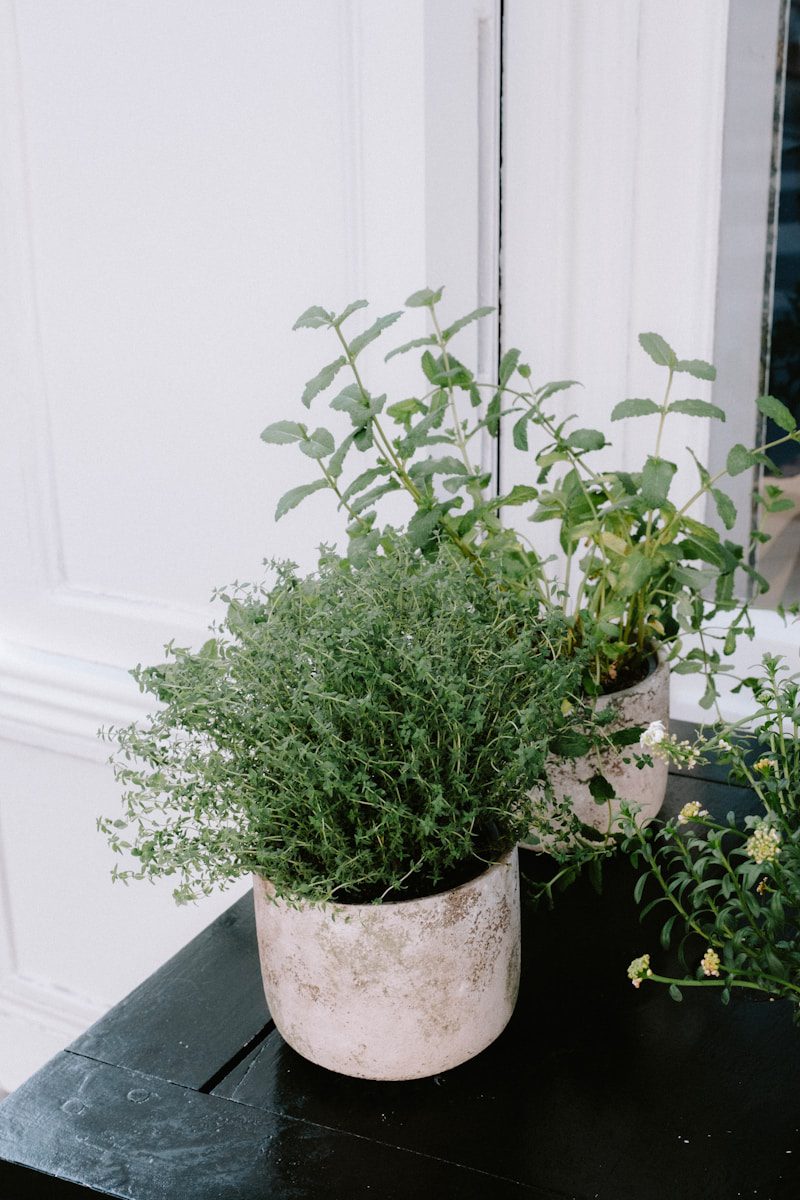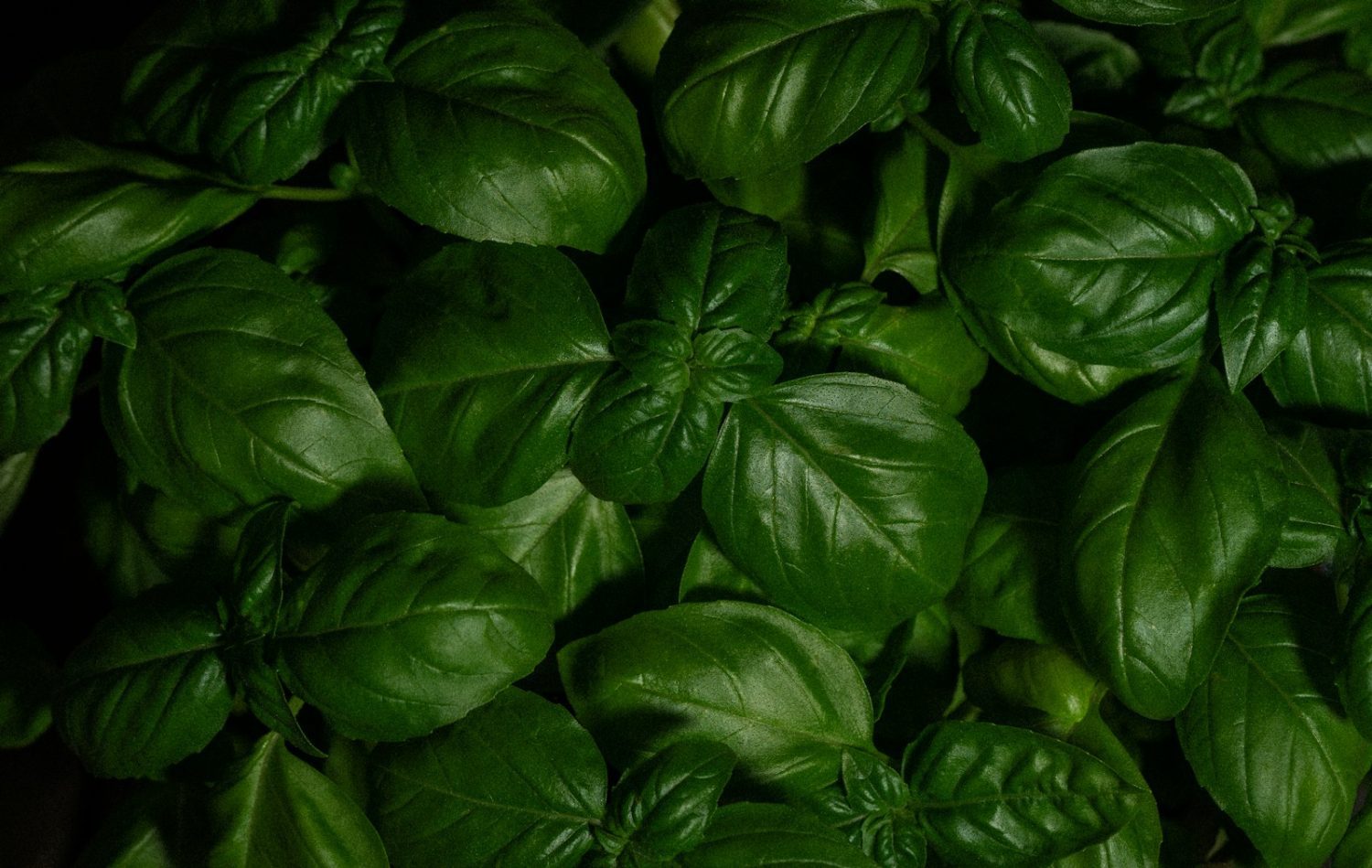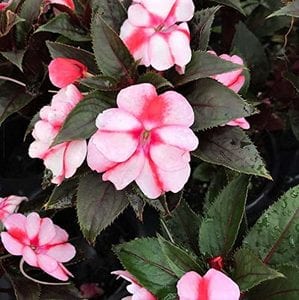
Creating a thriving herb garden in your kitchen is more than just a way to add fresh flavor to meals. It’s an invitation to bring the beauty and aroma of the garden inside your home. An indoor herb garden kit offers an easy way to get started. It simplifies planting, saves space, and makes fresh herbs available year-round. Whether you live in a house with limited outdoor space or an apartment with no garden at all, these kits are perfect for anyone who wants to grow fresh, aromatic herbs without the hassle.
Why Indoor Herb Garden Kits Are So Popular
Fresh Herbs at Your Fingertips
Cooking becomes more exciting when you can pinch fresh basil or snip parsley straight into your dish. You don’t need to rush to the store or settle for dried herbs. The garden is right on your countertop.
Year-Round Greenery
Unlike outdoor gardens that rely on warm weather, indoor kits allow you to grow all year long. Rain or shine, summer or winter, your herbs keep thriving.
Space-Saving and Simple
Even if your kitchen is small, herb garden kits fit neatly on windowsills or countertops. They are designed for compact spaces and often include everything you need to start growing right away.
Beginner-Friendly
No experience? No problem. These kits are ideal for beginners. They often come with soil pods, seeds, labels, and clear instructions. Anyone can plant, water, and watch their herbs sprout with ease.
What Comes in a Typical Herb Garden Kit?
Most indoor kitchen herb garden kits are thoughtfully packaged so you can start planting the moment you open the box. While each kit is different, you can usually expect these items:
- Herb Seeds – Common options include basil, parsley, cilantro, thyme, mint, and oregano. Some kits offer specialty herbs like chives or dill.
- Growing Containers – Small pots, biodegradable planters, or decorative jars suited for indoor use.
- Soil or Growing Medium – Pre-measured soil disks or pellets that expand with water for clean, easy planting.
- Plant Markers – Wooden or plastic labels to help identify each herb as it grows.
- Instructions – Step-by-step directions that guide even first-time gardeners through setup and care.
Some premium kits may also include:
- Self-Watering Systems – Built-in reservoirs that reduce how often you need to water.
- LED Grow Lights – Perfect for kitchens with low sunlight.
- Decorative Containers – Rustic wood boxes, ceramic pots, or modern metal planters to match your kitchen style.
Best Herbs to Grow Indoors
Indoor conditions favor certain herbs that thrive in pots and grow well year-round. Here are some favorites you’ll find in most kits:
Basil
Fast-growing and fragrant, basil adds a sweet, peppery flavor to salads, pasta, and pizza. It loves bright light and frequent harvesting.
Parsley
A versatile herb that grows easily indoors. Use it to garnish dishes or mix into soups and sauces.
Cilantro
Perfect for salsas, curries, and fresh salads. It prefers cooler indoor temperatures and quick harvesting.
Mint
A hardy herb that grows vigorously. Great for teas, desserts, and cocktails.
Thyme
Compact and low-maintenance, thyme offers earthy flavor perfect for roasting vegetables and meats.
Oregano
A Mediterranean favorite, oregano thrives indoors and adds bold flavor to Italian and Greek dishes.
How to Set Up Your Indoor Herb Garden Kit
Step 1: Choose the Right Location
Place your kit near a sunny window where it can receive at least 4–6 hours of light each day. A south-facing window is ideal. If natural light is limited, consider adding a small grow light.
Step 2: Prepare the Containers
Follow the kit’s instructions to set up your planters. If soil pellets are included, soak them in water until they expand. Fill your containers evenly.
Step 3: Plant the Seeds
Plant the seeds at the depth suggested in the instructions. Most herb seeds need only a shallow covering of soil. Space them evenly so each plant has room to grow.
Step 4: Water Lightly
Keep the soil moist but not soggy. Overwatering can lead to root rot, so check the soil daily and water only when it feels dry to the touch.
Step 5: Provide Light and Warmth
Place your kit where temperatures stay between 65–75°F. Herbs grow best in stable conditions with consistent light.
Step 6: Harvest Regularly
Once your herbs reach a few inches tall, begin harvesting. Snip the top leaves first to encourage fuller growth. Regular trimming keeps plants healthy and productive.
Tips for Success
- Rotate Plants Weekly – Turning pots helps plants grow evenly toward the light.
- Pinch Back Often – Frequent harvesting encourages bushier growth and prevents flowering.
- Fertilize Lightly – A diluted liquid fertilizer every 4–6 weeks can boost growth.
- Watch for Pests – Indoor herbs rarely have pests, but check leaves for small insects and treat early if needed.
- Refresh Soil Annually – After several months, herbs may need fresh soil or repotting for continued growth.
Benefits Beyond Cooking
Growing herbs indoors is more than a kitchen convenience. It brings life, fragrance, and even stress relief to your home. Watching seeds sprout and grow can be calming. The greenery brightens your kitchen, and the scent of fresh basil or mint can lift your mood.
Indoor gardening is also a fun family activity. Children love planting seeds, watching them grow, and tasting the results. It’s a simple way to teach kids about where food comes from and encourage healthier eating.
Styles of Herb Garden Kits
Rustic Wooden Planters
These often come in farmhouse-inspired designs, perfect for cozy kitchens.
Modern Ceramic Pots
Sleek and minimalist, these fit well in contemporary spaces and make herbs look elegant on a countertop.
Hanging Herb Kits
Great for saving counter space, these hang from walls or windows and add vertical greenery.
Smart Garden Systems
High-tech kits with automated watering and grow lights. They are more expensive but nearly foolproof for busy households.
Why Choose a Kit Over DIY?
You can create your own indoor herb garden with separate pots and seeds, but kits save time and guesswork. Everything is included and sized to work together. Kits also make excellent gifts for friends, family, or anyone who enjoys cooking and gardening. They are practical, thoughtful, and fun to use.
Perfect for All Seasons and All Homes
Indoor herb garden kits work in apartments, condos, dorm rooms, and full-sized homes. You don’t need a backyard or a balcony. Even in winter, when outdoor gardens are dormant, your kitchen can stay green and fragrant.
Bringing Flavor and Freshness Inside
Fresh herbs transform meals. They add color, aroma, and vibrant flavor. With an indoor herb garden kit, you never have to settle for dried herbs again. Every pinch of basil or sprig of thyme is alive with freshness. And the best part? You grew it yourself, right in your kitchen.
A New Chapter in Your Cooking and Gardening
Bringing an herb garden into your kitchen changes how you cook and live. It turns everyday meals into something special. It connects you to nature, even in the middle of winter. And it reminds you that growing your own food can be simple and joyful.
Now is the perfect time to start. Pick a kit that suits your style, find a sunny spot, and watch your kitchen transform into a tiny indoor garden bursting with flavor.


